JGSDF’s Chemical Units
The threat of nuclear, biological and chemical weapons or more commonly known as NBC weapons has prompted Japan’s Ground Self-Defense Force (JGSDF) to introduce two specialized vehicles – the Chemical Reconnaissance Vehicle and the NBC Reconnaissance Vehicle.
These vehicles are used to examine the contamination in areas where NBC weapons have been used, and are primarily operated by specialized units such as the Central NBC Weapon Defense Unit.
- General Overview
| Chemical RV | NBC RV | |
| Mass | 14.1 tons | 20 tons |
| Length | 6.1m (20.1ft) | 8m (26.2ft) |
| Width | 2.48m (8.1ft) | 2.5m (8.2ft) |
| Height | 2.38m (7.8ft) | 3.2m (10.4ft) |
| Crew | 4 people |
|
| Speed | 95km/h (59mph) |
|
| Armament | 12.7mm machine gun |
|
| Capability | Nuclear, Chemical | Nuclear, Biological Chemical |
| Unit Price | 1.3 million USD | 5 million USD |
The Chemical Reconnaissance Vehicle was introduced in 1987 as the Japan’s first specialized vehicle for NBC weapons and was based on the Type 82 Command Communications Vehicle.
The airtight vehicle has a special air purification system to protect the crew from external contamination and is also equipped with devices capable of detecting radiation and chemical substances.
Another interesting feature is the manual arm or manipulator mounted at the rear of the vehicle that can collect samples of contaminated soil without exposing the crew to outside air. Unfortunately, this manipulator is not well-suited for tasks requiring precision, and thus receiving a lot of complaints regarding its usefulness.
Biological Threats
The Chemical Reconnaissance Vehicle, of which a total of 47 units were produced, has seen action in incidents such as the 1995 Tokyo subway sarin attack and the 2011 Fukushima nuclear disaster.
However, the vehicle lacks the ability to detect biological weapons, ultimately resulting the development of the NBC Reconnaissance Vehicle.
The NBC Reconnaissance Vehicle basically combined the previously operated Biological Reconnaissance Vehicle and the Chemical Reconnaissance Vehicle, integrating their capabilities to detect radiation, bacteria, and chemical substances.
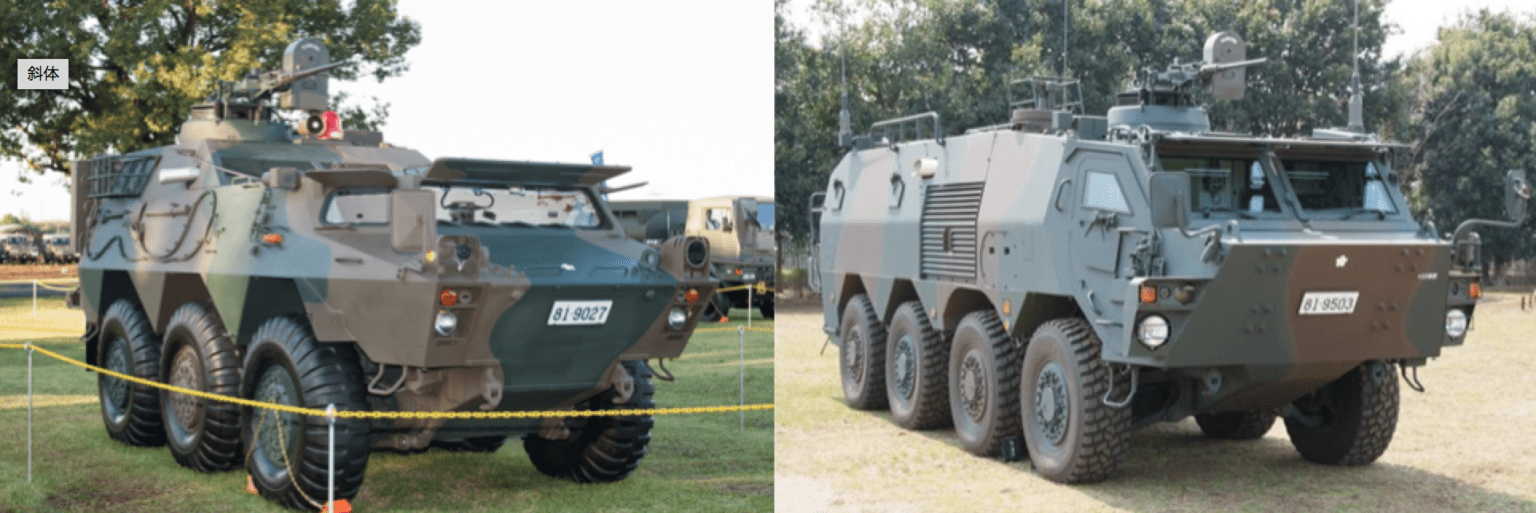 Chemical RV on the left and NBC RV on the right (photo: JGSDF)
Chemical RV on the left and NBC RV on the right (photo: JGSDF)
The vehicle is slightly larger than the Chemical Reconnaissance Vehicle and has better protection against radiation, though it no longer hosts the controversial arm for gathering samples. Instead, it is equipped with a glovebox enabling easier operations.
On the other hand, these integrations and improvements have led to a significant cost increase with prices more than tripling that of the previous Chemical Reconnaissance Vehicle.
Consequently, NBC Reconnaissance Vehicle’s procurement has fallen far short of the initial target of 50 units, reaching only 19 units so far.
In light of the fact that other equipments, such as amphibious vehicles for island defense, are prioritized at the current moment, it is unclear whether the number will every hit the planned 50 units.
Given Japan’s experiences with nuclear accidents and chemical terrorism in urban areas, ensuring the capability to address such threats remains crucial, making the NBC Reconnaissance Vehicle a necessary asset nonetheless.


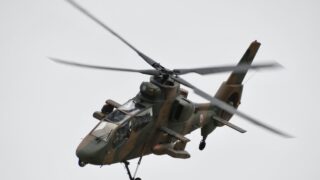

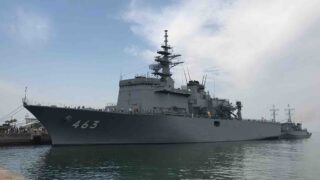
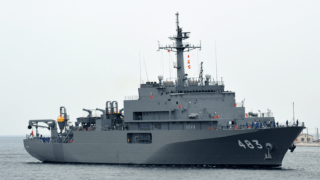

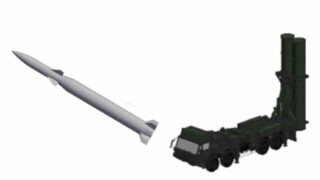
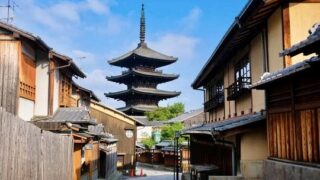
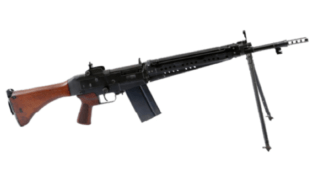
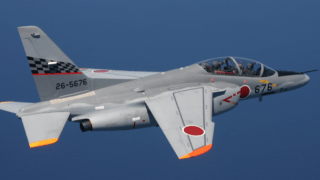
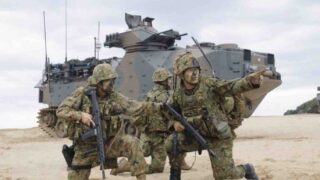
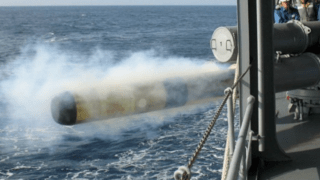
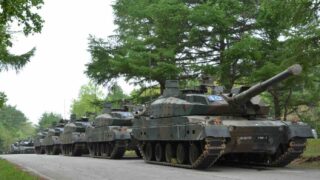
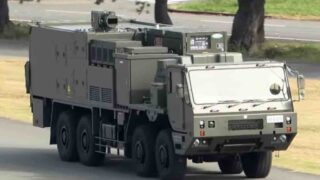
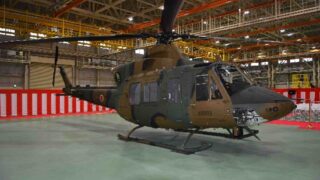
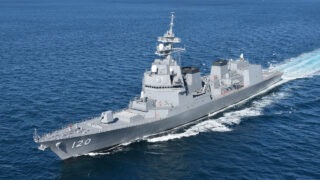
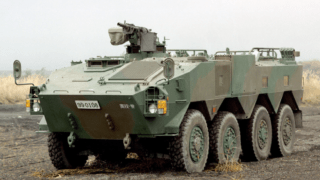
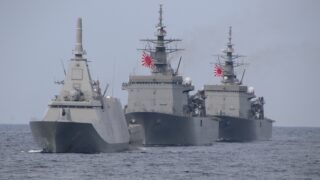
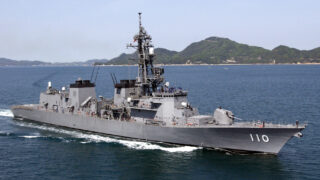
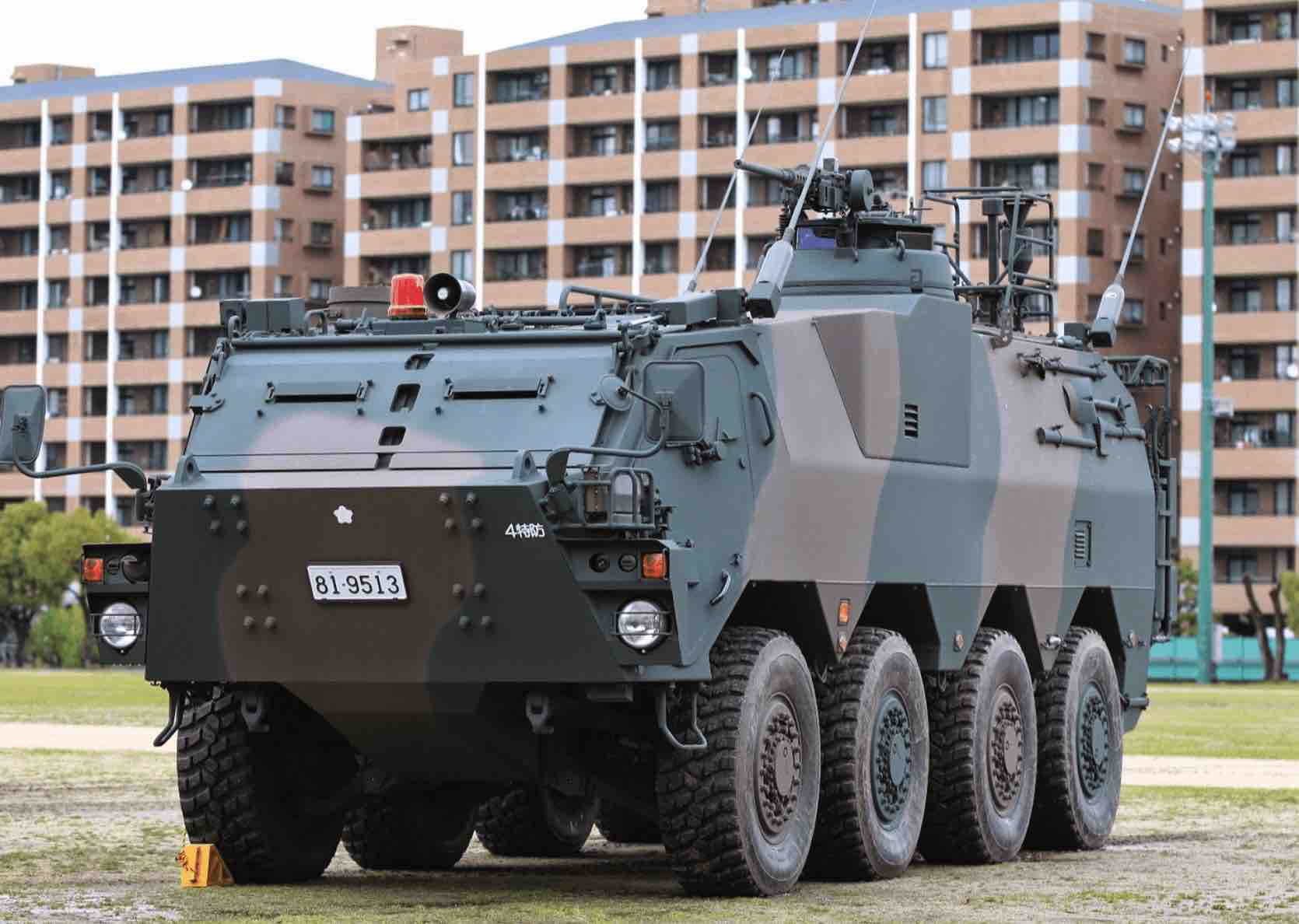
Comments